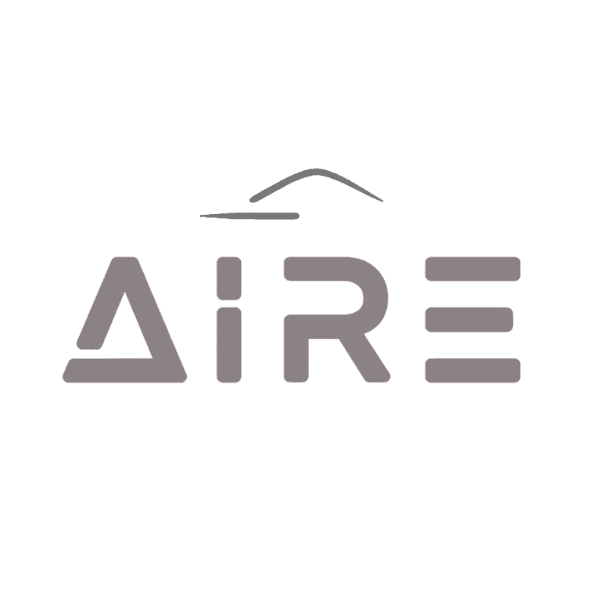Step-by-Step Guide to Implementing AI in Your Small Business
Understanding the Role of AI in Small Businesses
Artificial Intelligence (AI) is no longer just a futuristic concept but a practical tool that can transform small businesses. From automating routine tasks to providing insights through data analysis, AI can enhance efficiency and decision-making processes. Implementing AI might seem daunting, but breaking it down into manageable steps can make the integration smoother.

Assessing Your Business Needs
The first step in implementing AI is to assess your business needs. Identify areas where AI can provide the most value. This could be in customer service, where chatbots can handle inquiries, or in marketing, where AI can analyze consumer behavior. Understanding your primary objectives will help shape your AI strategy.
Conducting a Needs Assessment
Conduct a thorough needs assessment by evaluating your current processes and identifying bottlenecks or inefficiencies. Engage with team members across departments to gather insights on potential improvements. This holistic approach will ensure that your AI integration aligns with overall business goals.
Researching AI Solutions
With a clear understanding of your business needs, the next step is to research AI solutions that fit those requirements. There are numerous AI tools available, each catering to different functions such as predictive analytics, natural language processing, and machine learning. Consider factors such as ease of use, scalability, and cost.

Selecting the Right Tools
Selecting the right tools involves evaluating vendors and platforms that offer the functionalities you need. Look for solutions with a proven track record and positive client testimonials. It is also beneficial to choose platforms that offer free trials or demos, allowing you to test their capabilities before committing.
Developing a Pilot Program
Before a full-scale implementation, develop a pilot program to test the chosen AI solution in a controlled environment. A pilot program allows you to identify potential issues and make necessary adjustments without significant risk. Select a specific department or function to initiate this pilot phase.
Evaluating Pilot Results
After completing the pilot program, evaluate the results meticulously. Gather feedback from team members involved in the pilot and analyze the performance data. This assessment will provide valuable insights into the effectiveness of the AI solution and inform any modifications needed before broader implementation.

Training Your Team
Successful AI integration requires training your team to effectively use the new tools. Conduct training sessions and provide resources that help employees understand how AI can improve their workflows. Continuous education will ensure that your team remains adept at leveraging AI capabilities.
Scaling Up and Monitoring
Once the pilot is successful and your team is trained, scale up the implementation across other areas of your business. Establish monitoring systems to track performance and ensure that the AI solutions are delivering desired outcomes. Regular reviews will help maintain alignment with business objectives and allow for ongoing optimization.
Implementing AI in your small business is a strategic move that can lead to significant efficiency gains and competitive advantages. By following a structured approach, you can harness the power of AI to drive growth and innovation.
